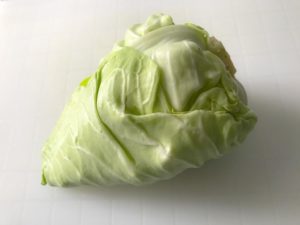 I think that it is a bad idea.
I think that it is a bad idea.
Sushi is a dish where all the fish is basically eaten raw. This means that fish must be as fresh as possible and of the highest quality.
The quality of fish used for sushi is only available in a limited amount in the world seas. This is known to all who sell fish.
If you buy fish in the supermarket, then you do not know where it has been caught. There are some places in the world where the fish are better than other.
Besides, you also don’t know how old the fish is. On the packaging of fish sold in the supermarket you will be able to see when it has been packed and shelf life. It is far more difficult to find out when the fish has been caught.
On the Sushi course for beginners I talk a lot more about fish for Sushi.
_
Zoë has held sushi courses and cooking classes for A. P. Moller – Maersk, Hugo Boss Nordic, Novo Nordisk, Novartis, Velux, Gorrissen Federspiel, Beierholm revision, Elbek & Vejrup and many more.







